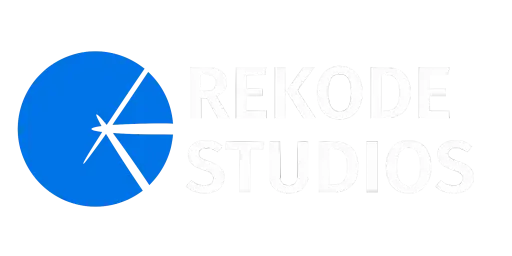User Personas: The Secret Ingredient to a High-Converting Small-Business Website

Your site might look gorgeous, but if it doesn’t speak to the right person, it’s just digital wallpaper. Most small‑business websites try to impress everyone at once—and end up connecting with no one.
The fix? Craft a clear, focused user persona and let it guide every decision.
Below, we’ll break down what a persona is, why it matters, and how you can whip one up—without blowing your budget or your weekend.
Meet Your User Persona—The Heart of Your Small‑Business Website
A user persona is a realistic snapshot of your ideal customer, built from real conversations, analytics, and a dash of empathy. Picture Sarah, 42, who runs a buzzing salon in Vancouver. She’s eager to streamline bookings, frustrated by no‑shows, and makes decisions based on word‑of‑mouth and Google reviews.
Giving Sarah a name, goals, and frustrations turns abstract “target audience” talk into a living, breathing human you can design for.
Why Designing Around a User Persona Changes Everything
When you keep Sarah front‑and‑centre, guesswork fades. Your headlines speak directly to her pain points, your calls‑to‑action feel like personal invites, and your SEO targets the phrases she actually types into Google—say, “hair salon booking software Vancouver” instead of the vague “salon software.”
The result? Sharper messaging, smoother user journeys, and higher conversions. In short: a website that pulls its weight.
Building a User Persona in 5 Wallet‑Friendly Steps
Ready to roll up your sleeves? You don't need pricey software or a mountain of data—just curiosity, a notepad, and a willingness to listen. The steps below walk you through the essentials from first question to final draft.
Step 1: Listen to Real Customers
Grab a coffee with three to five favourite clients or hop on a short video call. Ask open‑ended questions about what success looks like for them, what slows them down, and how they discovered you in the first place. Jot down the exact phrases they use—those words will later become gold for your copy.
Step 2: Spot the Patterns
Spread your notes out on the desk (or spreadsheet) and look for echoes: similar goals, recurring frustrations, shared decision drivers. When three different people say, “I just want fewer no‑shows,” that’s a signal, not a coincidence. Circle or highlight those overlaps—they’re the foundation of your persona.
Step 3: Sketch the Persona
Turn those raw observations into a living, breathing character. Give the persona a name, age, and a brief backstory so your team can picture them walking through the door.
Sarah, 42, Salon Owner—Wants hassle‑free bookings, hates no‑shows, trusts referrals and online reviews.
“I just want fewer scheduling headaches so I can focus on my clients."
Keep the summary tight—one paragraph tops—but vivid enough that you could recognise Sarah in a crowd.
Step 4: Sanity‑Check Your Draft
Even the sharpest hunch can drift off course. Share the persona with two real customers or a colleague who knows them well. Ask, “Does this feel like you?” Their nod—or raised eyebrow—will tell you exactly where to tweak. Adjust details until the description rings true.
Step 5: Keep Your Persona Front and Centre
A persona only works if you actually use it. Print it, pin it, reference it in briefs, and drop Sarah’s name in meetings. When a new feature idea pops up, ask aloud, “Would Sarah care?” If the answer is no, rethink the priority. Let the persona steer copy, visuals, and product decisions every single day.
From Persona to Page: Turning Insights into Design & SEO Wins
Think of Sarah when writing a homepage headline (“Eliminate No‑Shows—Book Appointments in Seconds”). Organise navigation around the pages she cares about. Use imagery she recognises—a bustling salon front desk, not a sterile stock photo.
And for SEO, weave in the keywords Sarah searches for. Need a hand? Our SEO services can help.
Pitfalls to Dodge on Your Persona Journey
- Guessing instead of researching. Data beats hunches every time.
- Juggling too many personas. Start with one solid profile; add more only if your business truly serves distinct audiences.
- Letting it gather dust. Revisit your persona at least once a year—markets change, so do people.
Ready to Meet Your Someone?
The best websites aren’t for everyone. They’re for someone. Define that someone, give them a name, and watch every design and copy decision click into place.
If you’d like a fresh pair of eyes on how your site speaks to its “Sarah,” let’s talk. Rekode Studios is here to help your website feel tailor‑made for the customers who matter most.
You might enjoy
Check out these other articles you might enjoy

How to Make Your E-Commerce Site Stand Out

3 Essential Business Tasks You Should Automate Today



